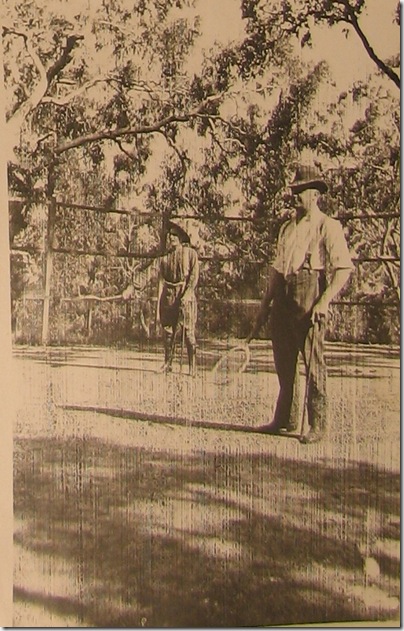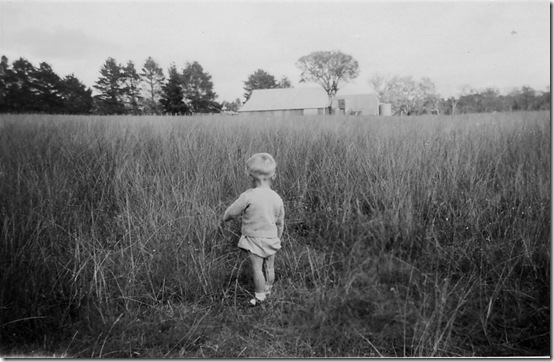Really just a follow up on a few topics.
My last post was on New England soldier settlers. Gordon Smith's Old news from Armidale and New England carried a story from the Sydney Morning Herald (30 April 1920) on General Birdwood's visit to the Kentucky Soldier Settlement Scheme. Apart from providing a picture of development at that time, I noted that the General chatted for a few minutes with Sergeant Freame on old Gallipoli days. Sergeant Freame was one of the General’s scouts on the peninsula, and was the first Australian to receive the D.C.M.
University of New England archivist Bill Oates has another story on Archives Outside. From Uralla 1916 to Europe 2010 – Anzac Commemorations & New England points and counterpoints betw een present and past. Back in November 2009, Bill had a story, New England remembers through the archives: World War I, dealing especially with the Whites and the Booloominbah Convalescent Home.
een present and past. Back in November 2009, Bill had a story, New England remembers through the archives: World War I, dealing especially with the Whites and the Booloominbah Convalescent Home.
The photo shows returned servicemen playing tennis on the top Bool courts. The picture will be familiar to generations of those with contacts with UNE.
Mind you, in Armidale a few weeks ago I noticed that they has become overgrown. I wonder why? Has the university forgotten the history of those courts?
There were many things in these stories of Bill's that touched a chord.
The First World War had a traumatic impact on New England. Just so many people were lost.
The ex-servicemen who returned and who wanted a new life played a major role in subsequent political events.
Then when you look at the role of the White family, you find another of the threads in New England's history.
I have only partially captured all this in the writing that I have done to this point. One of the really fun things is the way in which the past slowly emerges from the mists.
I have argued, and I stand by this, that fashions in the writing of Australian history blind people to the history of areas such as New England. We simply fall below the radar. It's nice to see people like Bill bringing it alive.










